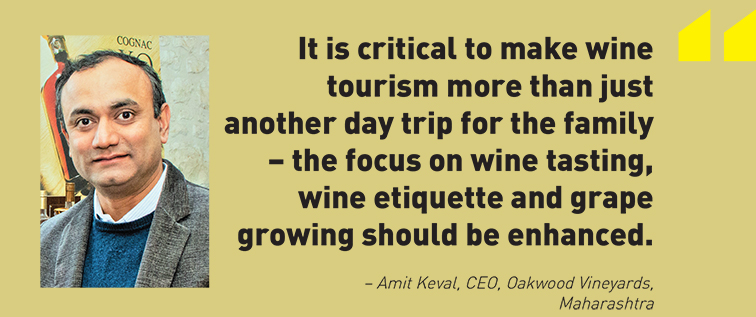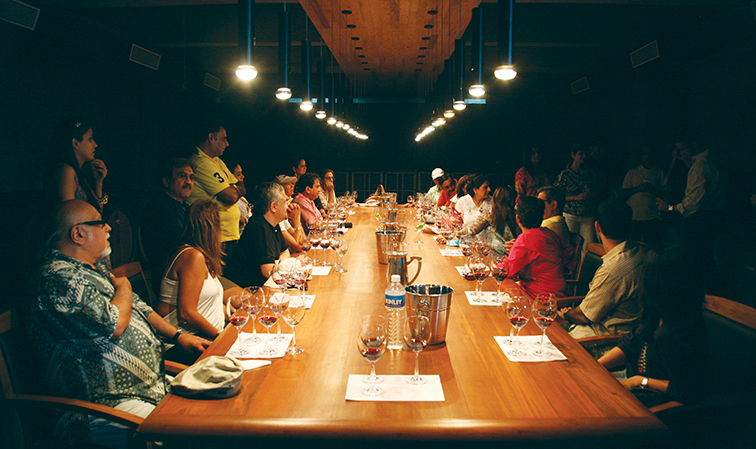Indian wine consumers are slowly, but surely coming of age. With a young population, changing lifestyle patterns, and rising disposable incomes, there is a growing preference and acceptance for wine in the country.
As a matter of fact, today wine has started becoming a part of lot of family traditions, festive gatherings, especially in urban India. And that’s music to the ears of any producer!
When I meet some of the consumers, speak with some of the bloggers in India, I feel really excited – they are ready to explore, open to learn about varietals, and most importantly, simply unwind or celebrate with a good glass of wine.
As wine producers I also think we have a huge responsibility: we should take the lead in bringing the best of wines and build a wine culture in the country. Here is how:
- Offer wine subscriptions and membership programmes to increase the circle of wine influencers;
- Provide multiple opportunities for consumers, even in satellite towns, to taste and experience wines;
- Encourage the growth of wine clubs in India as they play a critical role in bridging the gap between producers and consumers;
- Offer customised wine gifting and concierge services;
- Boost wine tourism in India.
Collective effort
For Indian wines to grow, ecosystem building is the key. The industry has to come together – the wine producers, brand owners, and on trade – to collaborate and put forth a common voice to the policy makers, the community, and to investors.
Today, every player in the ecosystem is more focused on individual goals, with limited platforms to encourage wine culture building in India. Today, most fine-dine and premium properties take pride in their global label displays. I would encourage them to consciously explore Indian wines and encourage their consumers to taste them.
Given that most Indian wine makers are taking efforts to produce wines that suit the local palette, local cuisine, it would not be surprising that fine Indian wines can be more appealing to their consumers.
Right now Indian consumers often tend to settle for a global label than an Indian one in the premium pricing category. Most often, the global label might be as competitive in quality as the Indian wine in the range.
Sommelier-aided or retailer-aided decision making can actually give the consumer more value.
Wine culture
With several government initiatives around ‘Vocal for Local’, the wine ecosystem players should continue to promote Indian wine festivals, blind tasting sessions and wine dinners to spread the culture of ‘enjoy wine responsibly’ across the country.
We believe that wine tourism can also play an important role in building awareness and help develop a culture of wine appreciation in India. In the long run, these will help improve wine making practices, introduce wider varietals and boost grape production.
However, it is critical to make tourism more than just another day trip for the family – the focus on wine tasting, wine etiquette and grape growing should be enhanced.
At Oakwood, we have been working on a few ideas to make the vineyard visits, the wine tasting sessions more educative for wine lovers. We wish to design an experience that will help develop more wine enthusiasts and experts in the country.
Encouraged by our success in bulk wines, we decided to launch our own label in the Indian market – Bella Rouge – a medium-bodied Cabernet Shiraz with powerful bouquet of aromas and perfectly balanced peppery notes. There was no looking back since!















